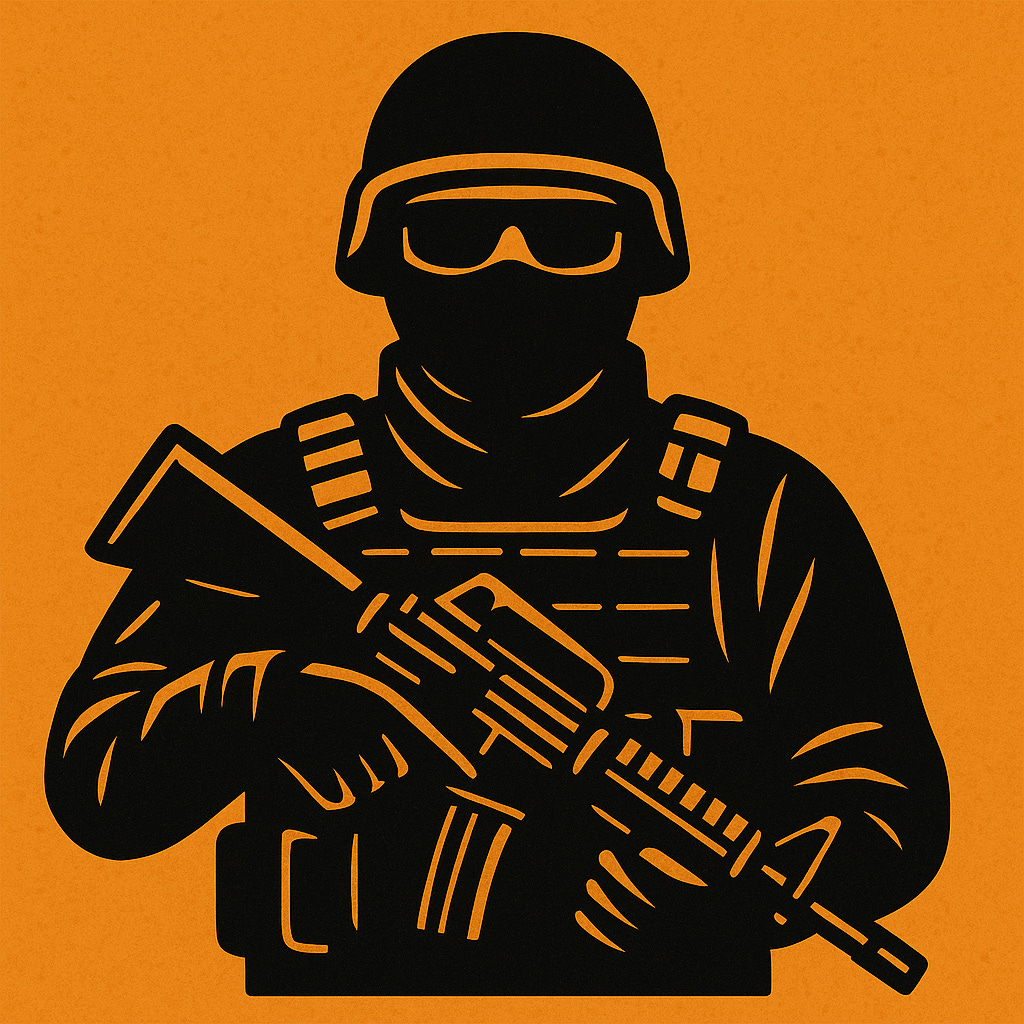When the Troops Come Home—To Police Us
A Brief History of U.S. Military Force Turned Inward
When the National Guard rolls into town, the visual is unmistakable: camo-clad soldiers, rifles slung, standing watch not in Baghdad, but Bakersfield. And this week, troops in Los Angeles.
It’s not a new thing.
Presidents and governors have called on military force—National Guard or active-duty military—many times to quell unrest, enforce laws, or flex co…
Keep reading with a 7-day free trial
Subscribe to TheRobArcher.com to keep reading this post and get 7 days of free access to the full post archives.



